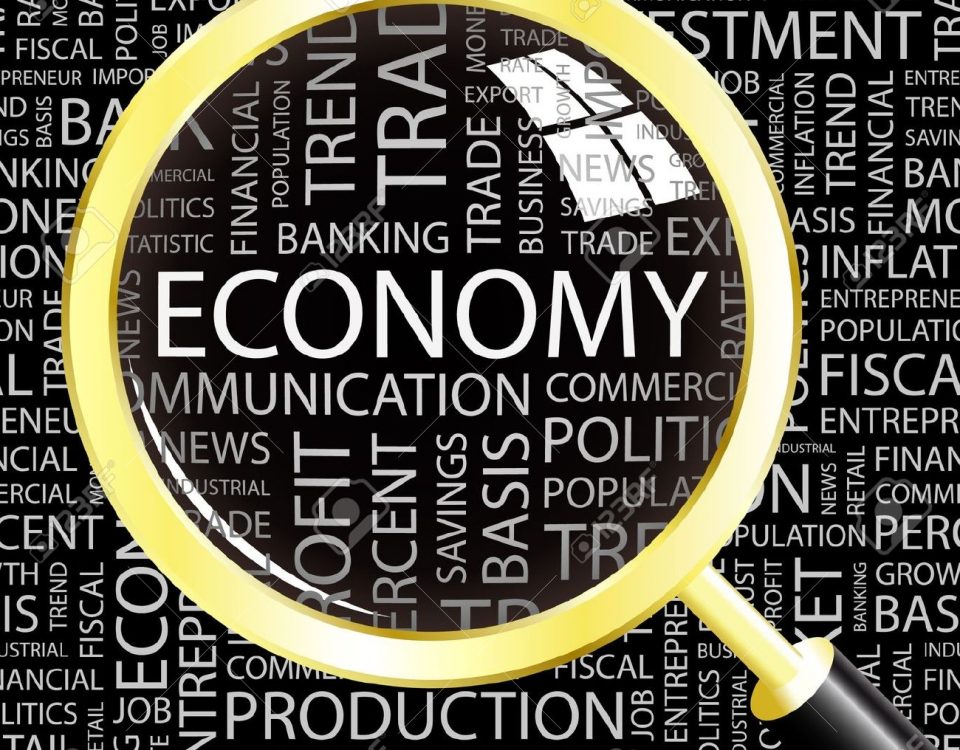Africa Update: Sub-Saharan Africa is not growing as fast as expected, here’s why

World Update: Dollar rally moves to Asia after US data but stocks tumble
October 5, 2018
World Update: Chinese stocks tumble as trading resumes under a cloud
October 8, 2018Sub-Saharan African economies are still recovering from the slowdown in 2015-16, but growth is slower than expected, according to the October 2018 issue of Africa’s Pulse, the bi-annual analysis of the state of African economies by the World Bank. The average growth rate in the region is estimated at 2.7 percent in 2018, which represents a slight increase from 2.3 percent in 2017.
“The region’s economic recovery is in progress but at a slower pace than expected,” said Albert Zeufack, World Bank Chief Economist for Africa. “To accelerate and sustain an inclusive growth momentum, policy makers must continue to focus on investments that foster human capital, reduce resource misallocation and boost productivity. Policymakers in the region must equip themselves to manage new risks arising from changes in the composition of capital flows and debt.”

